Sickening reason Queensland woman can’t leave her house
Queensland woman Jane Maidment hasn’t left her house for four months and the reason behind it is beyond comprehension.

“I don’t even recognise this life I’m leading sometimes,” says Jane Maidment through quiet tears, “I never thought I’d be so isolated from my community – that my whole life would be shrunk down so small.”
Jane, who lives with a rare connective tissue disorder called Ehlers Danlos Syndrome, as well as a number of other physical complications as a result of the condition, relies on the use of a walker and mobility scooter to get around.
Now, after builders engaged to construct an NDIS-funded accessibility lift and path for her home have downed tools, 60-year-old Jane has been trapped inside her Queensland home since November.
“I can no longer get in or out at all. These providers have spent $45,000 of my funding already, and I’m literally sitting on an unfinished building site with doors taken off, deep trenches, yellow tape, mounds of concrete and no date or even promise that this will ever be sorted,” she says.
“I live in a wooden house. If there was a fire right now, I would die inside,” she says, “how has this been allowed to go on like this?”
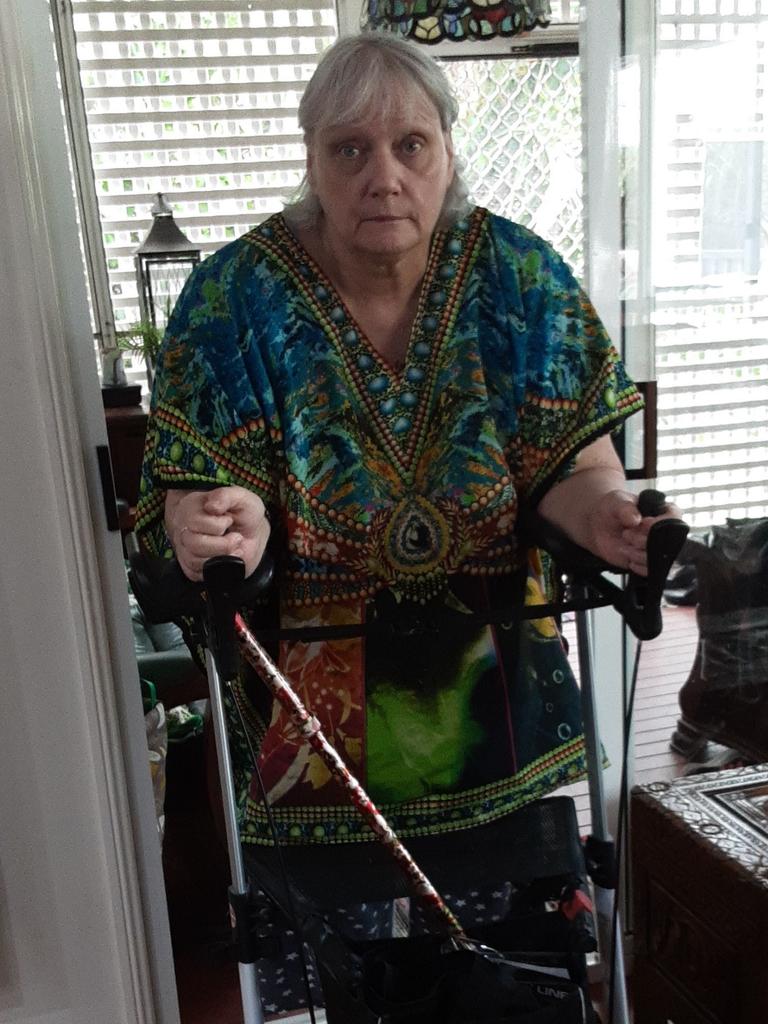
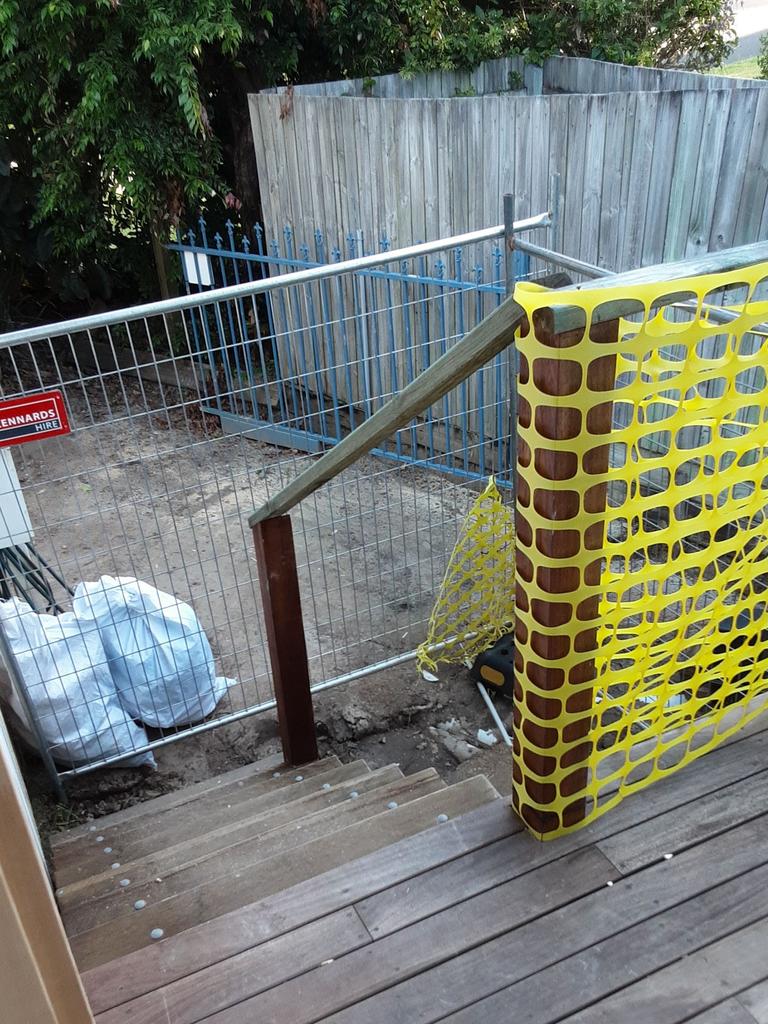
Jane’s nightmare has been playing out since April 2020, when it became clear she could no longer move freely without assistance.
“When I could no longer make it up six stairs, even with assistance, I knew I needed to arrange some kind of permanent accessibility solution,” Jane explains.
She applied to the NDIS to have accessibility alterations made to her home, which had a steep staircase leading from the front door.
Initially, the NDIS approved a platform lift, but didn’t agree to fund a concrete path from the lift entrance to the roadside.
“Instead they agreed to provide partial individual paths that would not enable me to turn around my scooter as the areas were so small,” Jane explains.
“My doctor said small pathways were unsafe, especially with my mobility issues, as the ground was uneven between these proposed paths and having to use a mobility scooter in these small areas.”
Jane says the NDIS also initially refused funding for the path to go all the way to the roadside.
“They suggested my husband David could get my scooter out of the shed and place it on the roadside, then drive me off the car pad onto the road to my scooter,” she continues, “honestly, you couldn’t make it up.”
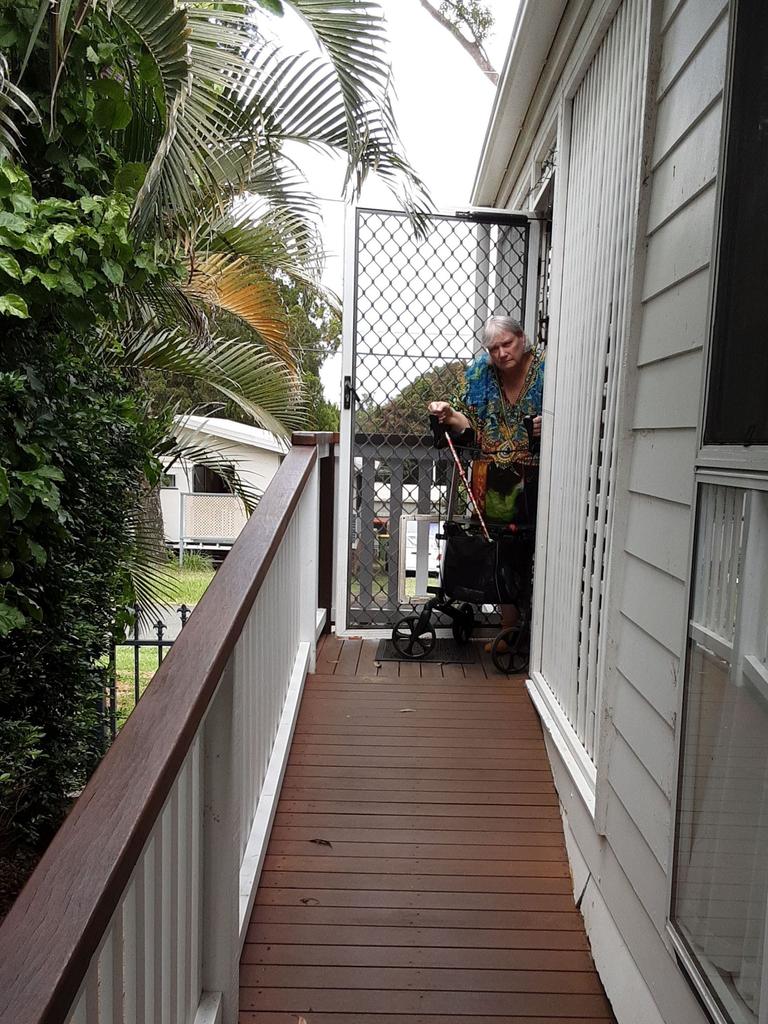
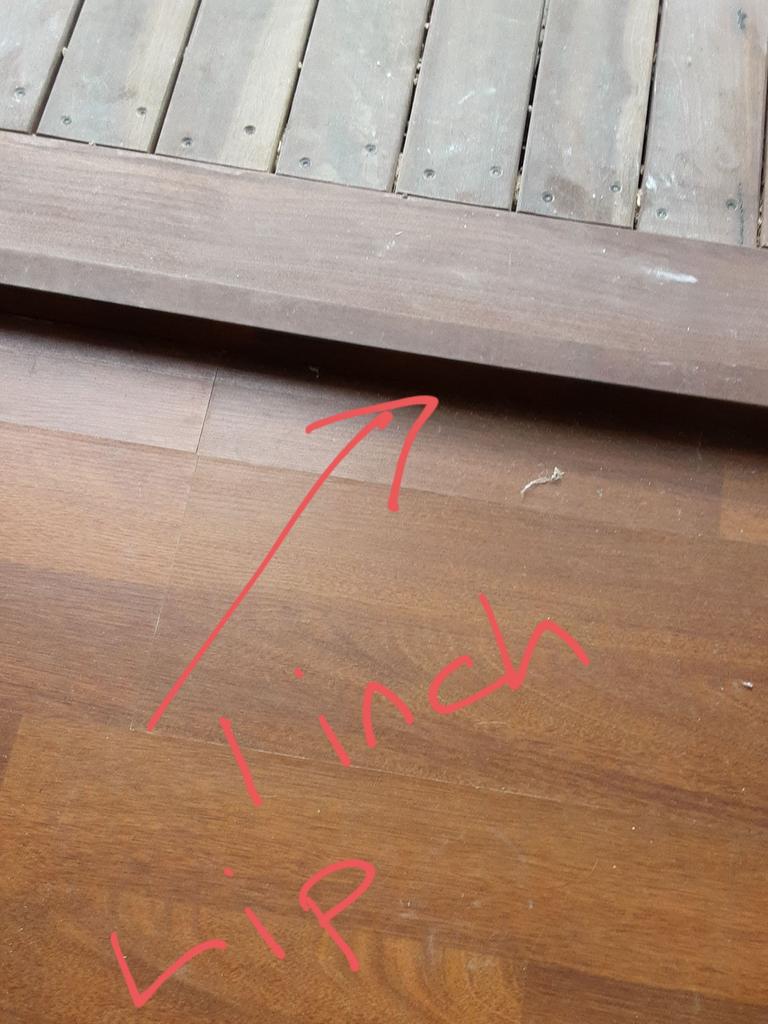
Jane then went to the Administrative Appeals Tribunal (AAT) to request the necessary safety provisions, and after a lengthy wait fuelled by Covid, in June 2023 the NDIS finally agreed to fund all works.
“I was over the moon,” Jane recalls, “after three years of being confined to my home and being unable to leave except with the help of two support workers, I was finally going to get some independence back.”
Jane says that after a number of false starts, the builders – overseen by an NDIS case manager and occupational therapist (OT) – finally commenced on Wednesday November 22 last year.
“The idea was that they would basically concrete the whole area in preparation for when the lift arrived from China. It was due to arrive the first week in January,” Jane explains.
Subcontractors began digging up Jane’s yard and removing the existing steps and topsoil, but just one day after work began, Jane noticed something was wrong.
“The building supervisor turned up and immediately there was a flurry of activity – and not in a good way,” she recalls.
Jane says the building supervisor eventually told her that the “gradients are wrong”.
“He said he tried to speak with the project manager and OT and they kept putting the phone down on him and telling him he needed to sort it,” she says.
Over the course of the next few days and several worried phone calls to her NDIS project manager that Jane says went unanswered, she phoned council to check on whether the problem with the gradients was a big deal. Council advised Jane that any gradient changes to what had already been submitted would basically render current approvals null and void, and that the several-month approval process would have to begin again.
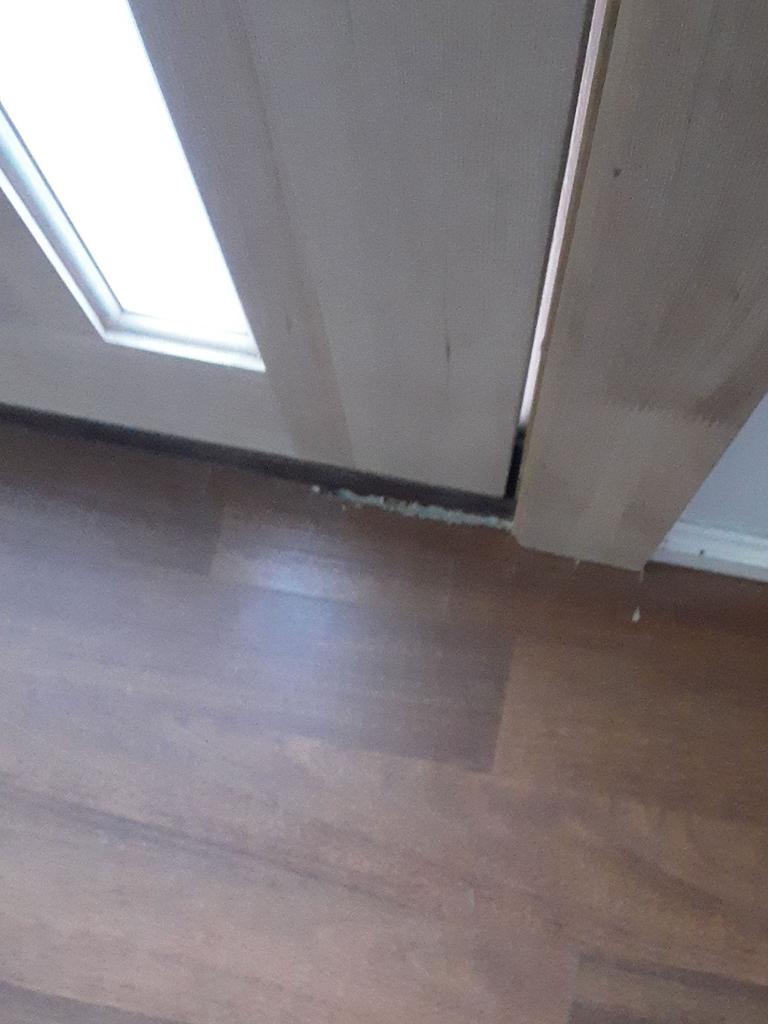
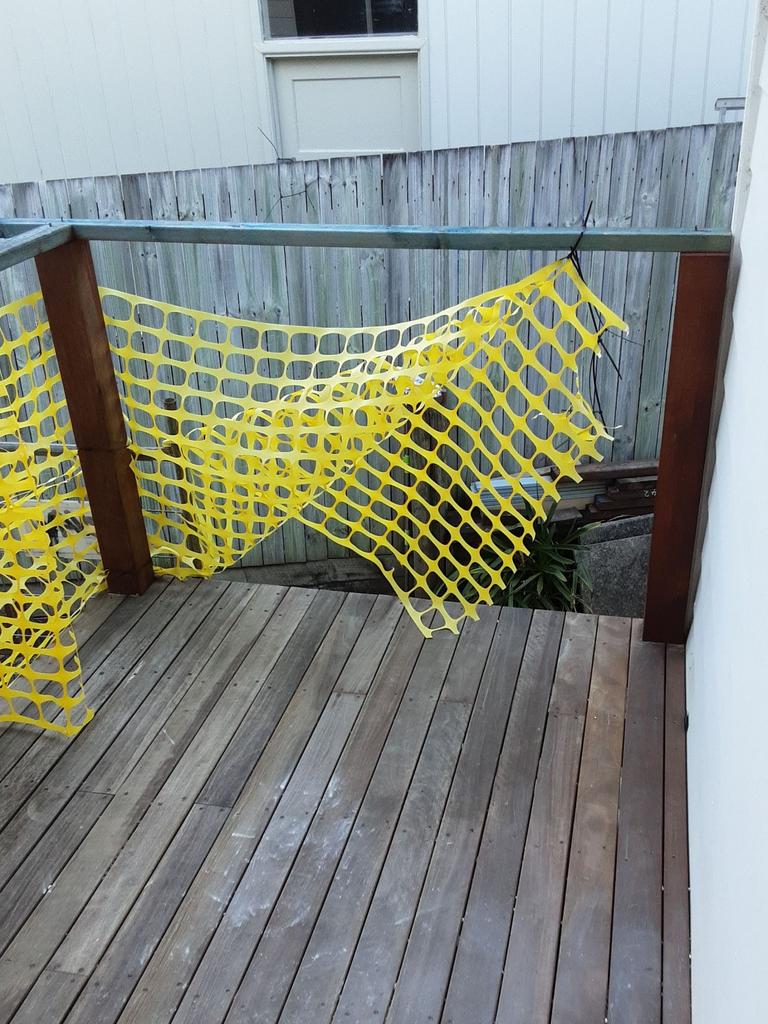
After 10 days of all works having stopped, Jane received an email from the project manager, with three suggested “alternatives”.
“The email was so bizarre – it was a real red flag,” says Jane.
“It started off by saying that the OT, builder and project manager had worked together to come up with three alternative options, but that they ‘strongly advise me’ not to take option b or c because they ‘weren’t viable’.
“The new option was nothing like the plans that had been approved by the NDIS, and weren’t even disability compliant, but they were pushing me to approve them. I was so confused.”
Jane then recieved word from the project manager explaining that, as the building supervisor hadn’t attended the final site visit, the lift measurements given to the lift manufacturer were wrong.
This meant the surrounding concrete works had the incorrect gradient, which was no longer safe for someone with a mobility scooter to navigate.
“So in a nutshell, the building company tried to contact China to revise the lift measurements but it was too late, the lift took four months to make, and it was almost in Australia,” Jane continues.
“This explained why they’d tried to push me to accept a different ‘off-plan’ option – instead of the project manager holding the building company to account, it was easier to offer me a dodgy substitute rather than the home modification that was agreed and funded.”
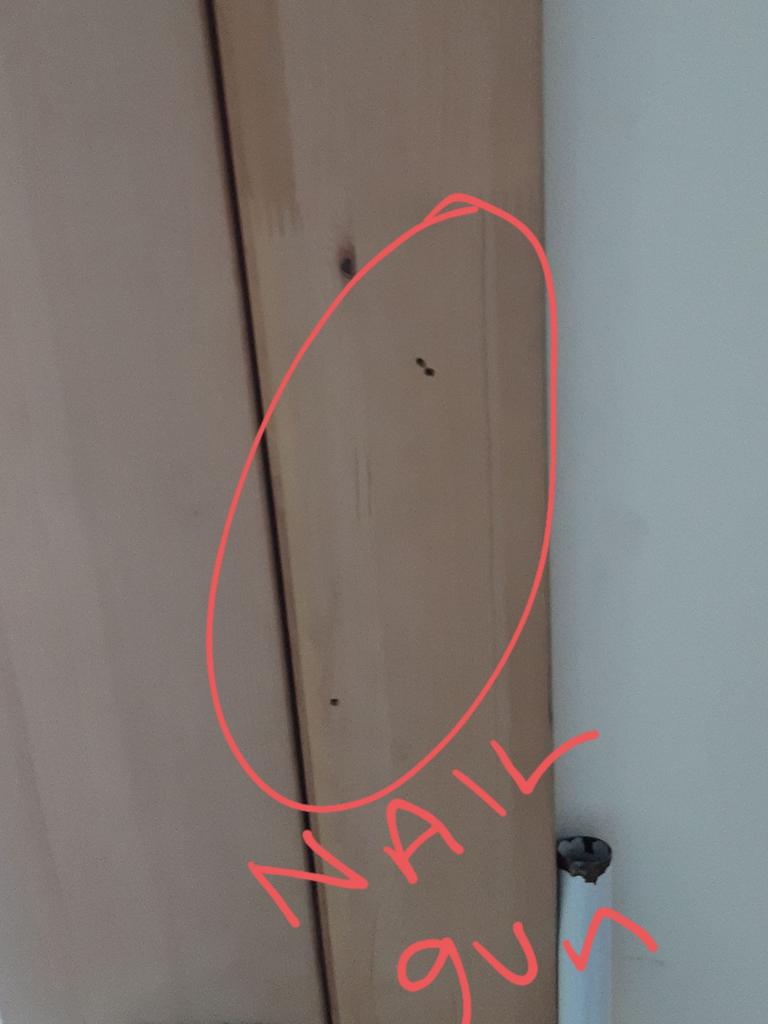
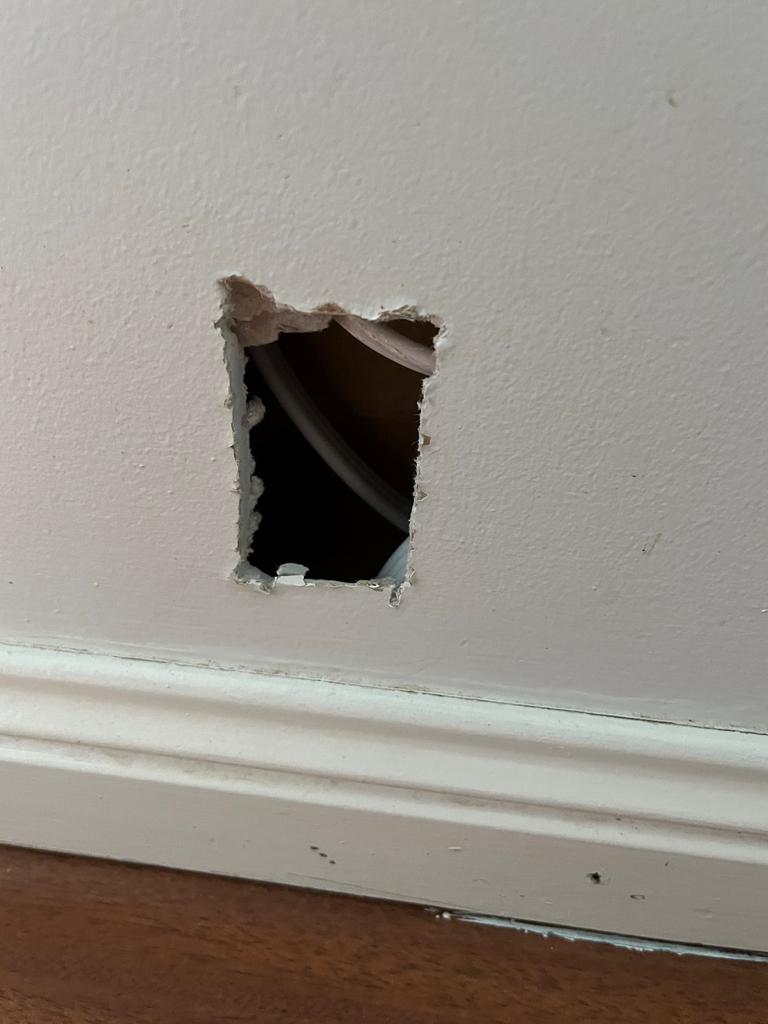
While Jane is desperate for a solution, she is worried accepting an unapproved, off-plan option will constitute a fraudulent use of funding money. She says so far, the NDIS has tried to shift blame for the situation onto her for her refusal to accept the temporary, non-disability compliant (and therefore illegal) option.
It has now been four months since Jane was able to exit her home at all, even with the help of support workers. The project manager has resigned, citing an inability to work with the builders.
“It’s absolutely broken me and David,” she laments.
“I can pull myself together and talk about it and sound like a strong woman, but what you don’t see is that same woman who crawls under the covers exhausted at the end of a long day and just wants to die.”
She reported the issue to the NDIS Safeguarding Commission in January, who Jane says have failed to come back with a solution as yet, even after agreeing the situation sounded “urgent”.
A spokesperson from the NDIS Quality and Safeguards Commission told news.com.au that they were aware of the complaint.
“The NDIS Commission received a complaint on behalf of Jane Maidment on 9th January 2023,” they said in a statement.
“NDIS Commission officers have been in contact with the complainant and other associated parties. The NDIS Commission is also working with other government agencies to progress the resolution of the matter.”
For Jane, who has stopped taking certain pain medications in order to be cognitively able to navigate the endless bureaucracy required to simply leave her home, it’s an issue bigger than just herself.
“The NDIS is an absolutely broken system, and when I think of how much it took for me to be able to understand this, let alone fight it, I can’t help but think this must be happening to countless other disabled people all over the country,” she says.
“What if I couldn’t communicate? Or I wasn’t able to follow the complexity of these plans, and gradient requirements? What if I didn’t have the ability to fight, like so many other people are unable to?
“I’m not asking for the world. David and I have spent our own money trying to make this process as smooth as possible. We’re not looking for a handout, or trying to scam the system; I just want to be able to safely leave my house, and get back out into the community.
“This isn’t any kind of life at all.”





